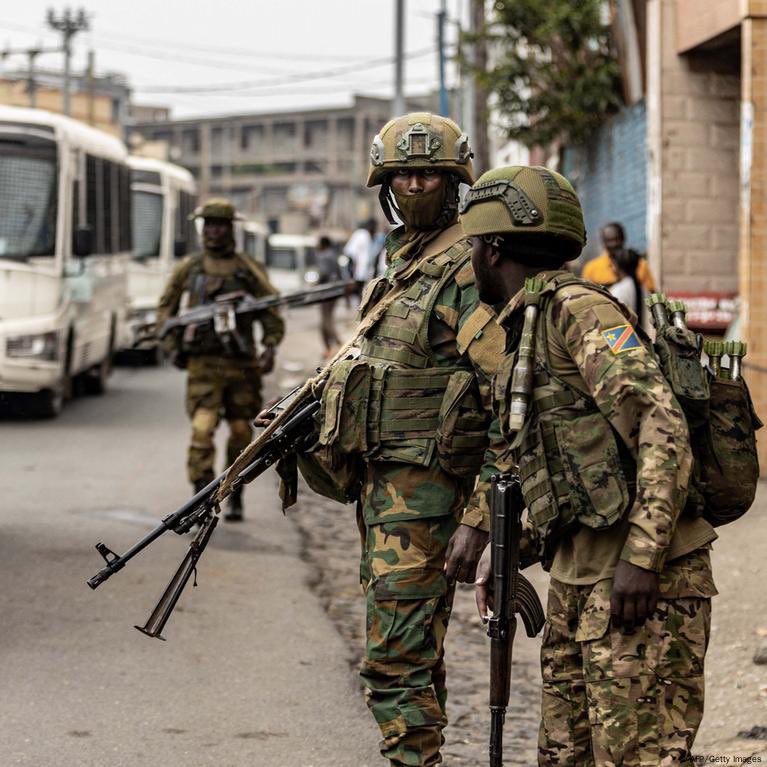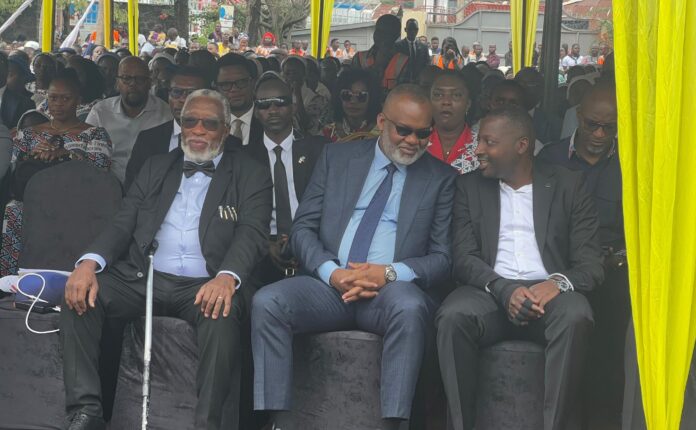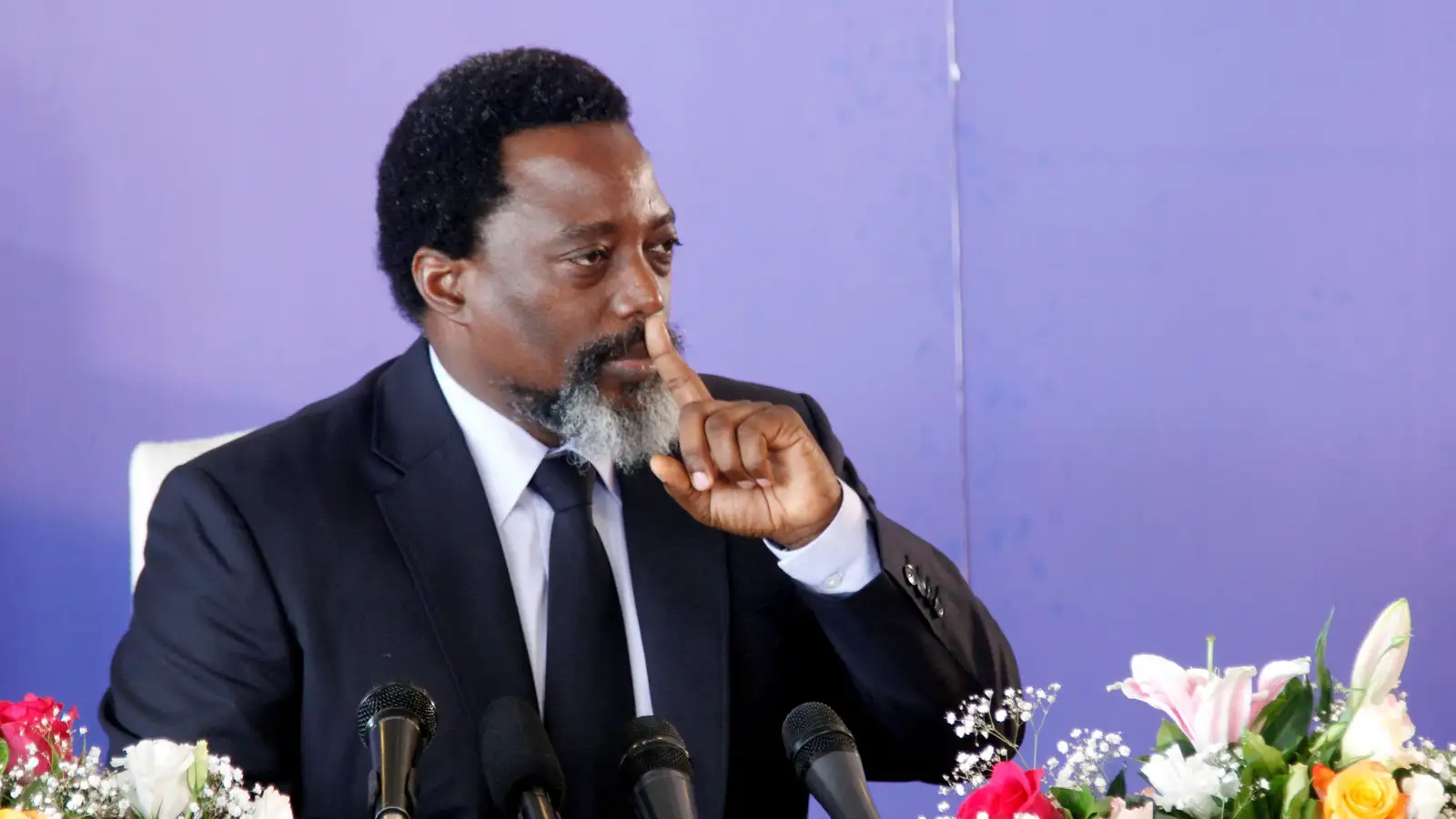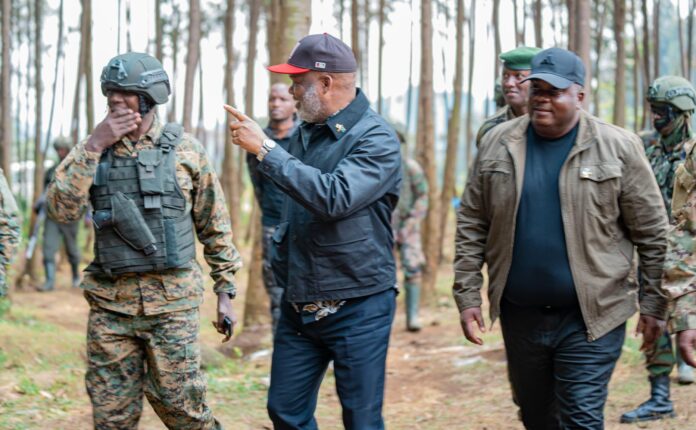The M23 Revolution has been the subject of much discussion and controversy, often misrepresented by mainstream media. To understand the movement’s origins, objectives, and the reality on the ground, one must look beyond the narratives shaped by political interests. Here are ten crucial points that provide a clearer picture of the M23 Revolution:
Note: Company, Blog, Church websites are free.
- The Origins of M23 Movement
The M23 Movement are predominantly the descendants of refugees who have lived in exile for over 30 years. These individuals and their families have endured decades of displacement, often due to political instability and ethnic persecution.
- The Legacy of Rwandan “Genocidaires” in Congo
Following the 1994 Rwandan genocide, France facilitated the escape of genocidal forces into Congo, allowing them to retain their weapons. These groups subsequently targeted Congolese Tutsis, accusing them of affiliation with the very people they had fled from in Rwanda.
- European Involvement and Criticism
European nations, particularly Belgium, have been vocal critics of M23. However, Belgium’s colonial history in Congo, which included oppressive policies and exploitation, makes its stance highly questionable. Historical injustices, including arbitrary border demarcations that favored colonial powers, continue to impact the region today.
- Western Mercenary Involvement
Despite international condemnation of M23, over 2,500 Western-backed mercenaries have been deployed to fight against the movement. This contradiction raises questions about the true interests of foreign powers in the conflict.
- Popular Support for M23
M23 enjoys widespread support from local populations, as evidenced by public celebrations whenever the group gains control of a new city. This response underscores the frustration with the Congolese government’s inability to provide security and governance.
- Governance in M23-Controlled Areas
Unlike many other regions in the DRC plagued by corruption and violence, M23-administered areas are reportedly peaceful. The absence of armed groups, organized crime, and state corruption in these territories reflects the movement’s commitment to stability and order.
7.Human Rights Record
Despite accusations against M23, there is little concrete evidence to support claims of violence against civilians. Meanwhile, numerous documented cases exist of atrocities committed by the national army and government-backed militias, often overlooked by the international community.
- The Identity of M23 Members
Many M23 members speak Kinyarwanda, leading to false accusations that they are Rwandan nationals. In reality, these individuals are Congolese citizens of Rwandaphone heritage, a community with deep historical roots in the region.
- M23 as Part of a Larger Movement
M23 is not an isolated entity; it is part of a broader coalition known as the AFC (Alliance des Forces du Changement), which includes various movements across the country. This revolution extends beyond ethnic lines, representing a collective demand for change.
- A Call for Support
Given the dire situation in the DRC, supporting M23 is about advocating for genuine transformation. The Congolese people deserve a government that prioritizes their well-being, security, and development rather than perpetuating cycles of violence and corruption.
The M23 Revolution represents a critical moment in Congo’s history. It is essential to move beyond biased narratives and understand the underlying factors that drive this movement. Supporting M23 is not about endorsing conflict but about recognizing the Congolese people’s right to demand a better future.



